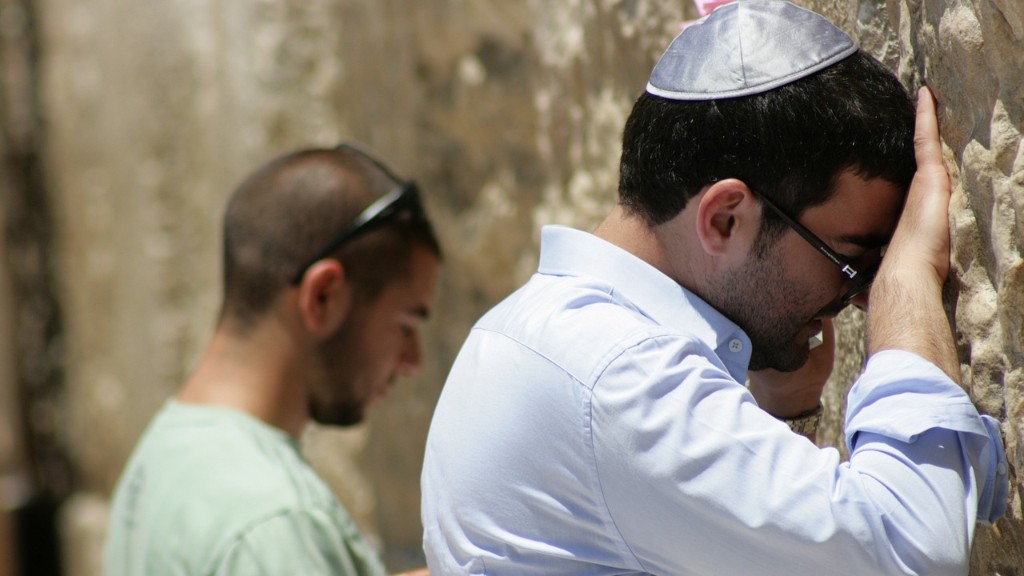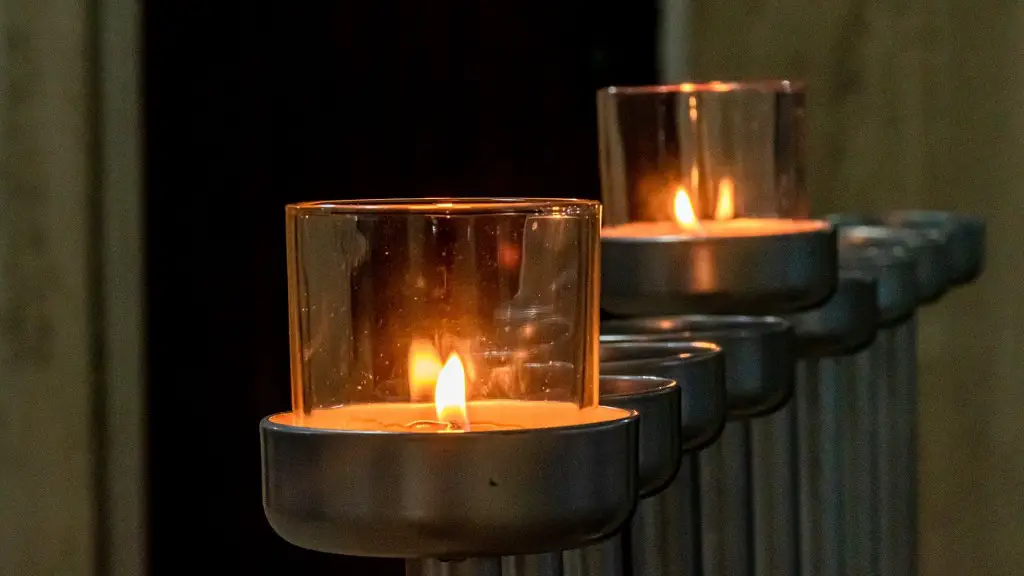What Is Christianity?
Christianity is a religion that is based upon the teachings of Jesus Christ and it is practiced by more than 2.4 billion people worldwide. It originated in the Middle East and has since spread throughout Europe, the Americas, Africa, and Asia. Named after Jesus Christ, Christianity is the world’s largest religion, with more followers than any other faith. In Western Europe, Christianity is the most widely practiced religion, accounting for 73.2% of the population according to the World Christian Database. However, even within the broad category of Christianity, there are many distinct denominations and sects that may be considered.
Catholicism
Within Western Europe, Catholicism is the most commonly practiced form of Christianity, representing 44.5% of the population. Catholicism is a faith based on the teachings of the Catholic Church and its leader, the Pope. It is a highly structured religion that maintains the tradition that it receives its teachings directly from Jesus Christ. In recent years, Catholicism has seen a slight decline in its numbers as other religious groups have gained in popularity. Nonetheless, Catholics remain the majority faith in most western European countries and continue to shape the culture and politics of the region.
Protestantism
Protestantism is a branch of Christianity that sprang out of the 16th-century Reformation when Martin Luther and other theologians created a set of beliefs that differed from the Catholic Church. It is the second most common type of Christianity practiced in Western Europe, accounting for 20.4% of the population. Protestantism is characterized by its emphasis on individual beliefs, interpretations of the Bible, and its rejection of the Catholic Church’s beliefs and practices. Protestantism has been influential in the growth of many denominations, such as Anglicanism, Lutheranism and Calvinism, which are all well represented in Europe.
Orthodoxy
Orthodoxy is the third most popular form of Christianity practiced in Western Europe, with a population-wide presence of 7.4%. Orthodoxy is a branch of Christianity that is based on the early traditions of the Church, including the seven Ecumenical Councils from the fourth to the eighth centuries. It differs from Catholicism and Protestantism in its liturgies and beliefs, but many of its core doctrines are the same. Orthodoxy started in the Byzantine Empire and split into several branches during the Middle Ages, with the Eastern Orthodox Church become the most widespread.
Other Christian Denominations
In addition to the three major branches of Christianity – Catholicism, Protestantism, and Orthodoxy – there are a number of other Christian denominations that have been present in Europe for centuries. These include the Church of England (Anglicanism), the Baptist Church, the Methodist Church, and the Pentecostal Church, as well as a variety of different sects of Christianity. These denominations make up a combined total of 21.5% of the population of Western Europe, a significant portion but not as high as the other three.
Practicing Christianity Stateside
In the United States, Christianity is the most widely practiced religion. Over 71 percent of Americans identify as Christian, and many of them attend church regularly. But the predominant faith among US Christians is Protestantism, with Catholics, Orthodox, and other denominations making up much smaller portions. This is in stark contrast to Western Europe, where Catholicism is the most popular form of Christianity.
The Impact Of Religion On Society
In both Europe and the United States, religion has a significant impact on the culture and politics of the region. Religion shapes the beliefs and values of a society and is used to define what is acceptable and moral behavior. It also has a strong influence on government policies, particularly in areas such as healthcare, education, and welfare. In Europe, Christianity is the main religion and its teachings are deeply rooted in the culture and history of each nation.
Key Takeaways
Christianity is the most widely practiced religion in Europe, and the three main traditions are Catholicism, Protestantism, and Orthodoxy. Catholicism is the dominant tradition in Western Europe, followed by Protestantism and Orthodoxy. In the US, Protestantism is the most popular faith, but Catholics, Orthodox, and other denominations make up much smaller portions. Religion has a strong impact on cultures and governments around the world, and in Europe, Christianity is the main religion shaping the beliefs, values, and policies of the nations they reside in.
Christianity’s Influence On Education In Europe
The Catholic Church has had a significant influence on the educational systems of many nations in Western Europe, from primary schools to universities. Many of these schools are still held to a high standard of religious beliefs and practices, as outlined by the Catholic Church. Many of the topics taught in these schools include biblical literacy, the history of the Catholic Church, and a focus on the teachings of Jesus. Moreover, even in the non-religious schools, Christianity is still deeply embedded in the curriculum, from literature to the study of political and social institutions.
In some countries, Christian schools are eligible for government subsidies and grants, while religious education continues to be taught in the public school system. This is a controversial topic as some argue that religion should be kept separate from education, while others believe that teaching Christianity can have beneficial effects on students. Nonetheless, with the majority of Europeans identifying as Christians, it remains a core part of the educational system in many countries in Western Europe.
The Resurgence of Religion In Europe
In recent years there has been a resurgence of interest in religion in Europe, particularly amongst the younger generations. In addition to an increased interest in traditional religions such as Christianity, there is also a growing number of people finding spiritual fulfilment in alternative beliefs and practices such as New Age spirituality, Wicca, and Buddhism. This has caused an increase in interfaith dialogue and collaborations across multiple religious groups, creating a more diverse religious landscape in the region.
Although there has been a decline in the numbers of church members, an estimated 50% of Europeans still consider themselves Christian, a rate that is much higher than in the US. This resurgence in religion is likely to continue, as people continue to search for meaning and connection in a rapidly changing world.
Political Implications Of Religion In Europe
The religious landscape in Europe is complex and ever-changing, and its implications are felt in the political sphere. In some countries, such as Ireland, there is a strong theological basis for government policies and laws, as the Catholic Church retains a significant influence over the nation. On the international stage, religious dynamics play an important role in economic, political and security relations between countries, including the European Union and countries in the Middle East.
In general, Christian values and ideals continue to shape the culture and politics of Europe, despite the changing religious landscape. Religion remains an important factor in the daily lives of the majority of Europeans, and its role in shaping their identities and political opinions should not be underestimated.


